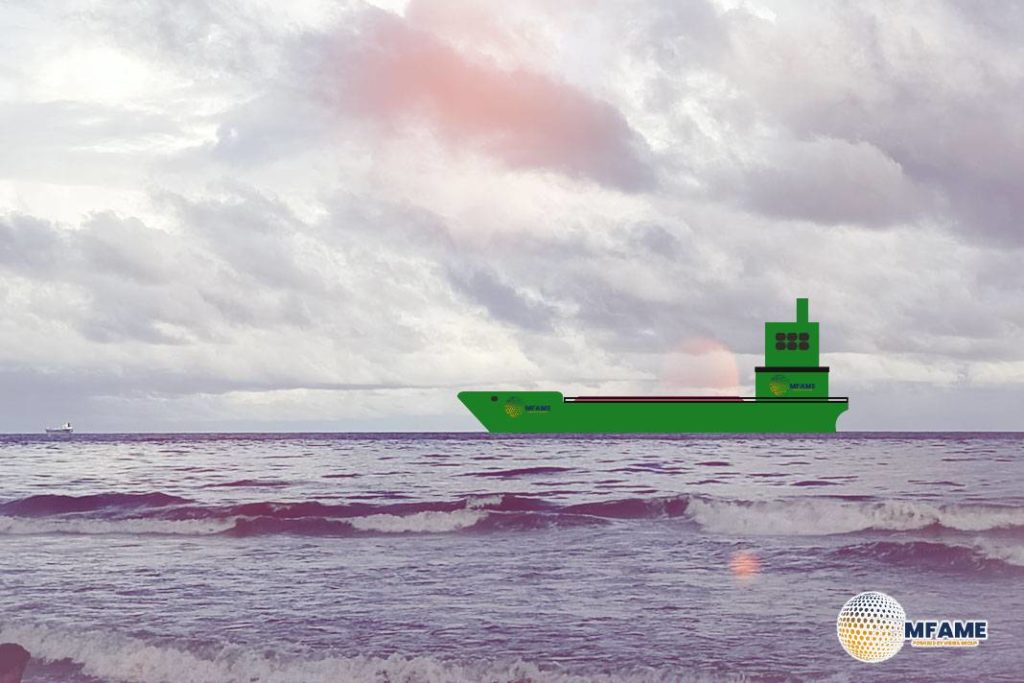- China has granted an additional crude oil import quota of 5.84 million metric tons, likely to influence global crude and tanker markets.
- Increased Middle Eastern imports support VLCC demand but limit tonne-mile growth due to shorter routes.
- Structural shifts in trade patterns, reduced tax rebates, and geopolitical risks may moderate gains in the tanker market.
China’s decision to grant new crude oil import quotas for late 2024 and early 2025 underscores its vital role in global energy markets. As imports peak and refining activity ramp up, these developments shape crude oil trade and tanker flows. While this presents opportunities for the crude tanker sector, challenges persist in sustaining profitability amidst changing trade dynamics, reports Breakwave Advisors.
China’s Expanded Crude Import Quotas
China’s crude imports reached a 13-month high in November, spurred by competitive pricing from suppliers like Iraq and Saudi Arabia. This rebound reflects:
- Independent refiners increasing utilization post-maintenance.
- Improved refining margins driving higher crude demand.
This reinforces China’s influence on global crude flows and tanker demand.
Implications for the Crude Tanker Sector
The additional quotas boost demand for crude transportation from Middle Eastern suppliers, dominated by OPEC grades from Saudi Arabia, Iraq, and the UAE. For the VLCC segment, steady long-haul exports are critical to profitability.
However, reduced contributions from non-OPEC regions like West Africa and South America limit tonne-mile demand, constraining upward movement in freight rates.
Shorter Routes Limit Gains
China’s focus on Middle Eastern crude results in shorter-haul voyages, which generate fewer tonne-miles compared to longer routes.
While these flows provide consistent demand, they don’t maximize VLCC utilization, impacting the earning potential of these vessels.
Challenges for Tankers and Broader Trade Trends
Chinese refiners are increasing stockpiling through early 2025, signaling a potential slowdown in import volumes post-Q1 2025.
Additionally, reduced export tax rebates for refined products (from 13% to 9%) may dampen refined product exports, affecting product tankers servicing routes to Southeast Asia and beyond.
Geopolitical and Policy Risks
Ongoing Middle East tensions and uncertainties surrounding China’s import policies could disrupt trade flows.
Adjustments to crude quotas or shifts in energy strategies remain key factors shaping tanker market trends.
Outlook and Strategic Considerations
The tanker market benefits from China’s robust crude demand, with VLCCs dominating Middle Eastern flows and smaller tankers like Suezmaxes and Aframaxes playing niche roles. However, sustaining profitability requires shipowners and operators to adapt to:
-
- Reduced tonne-mile demand.
- Broader trade pattern shifts.
- Volatile geopolitical landscapes.
Did you subscribe to our daily Newsletter?
It’s Free Click here to Subscribe!
Source: Breakwave Advisors

















